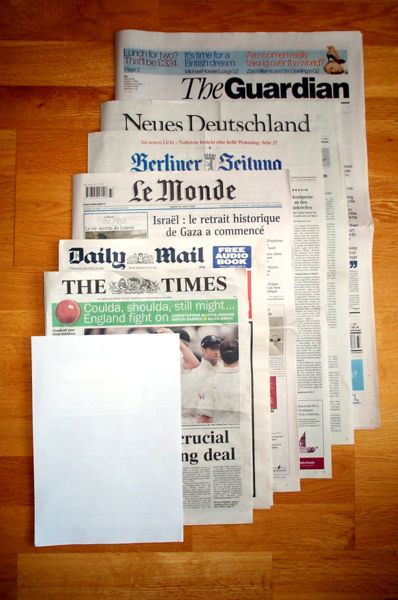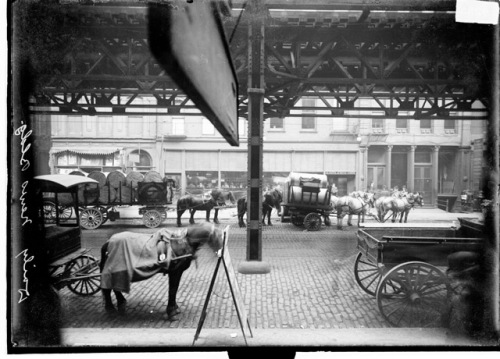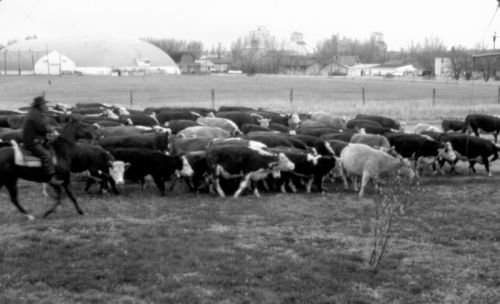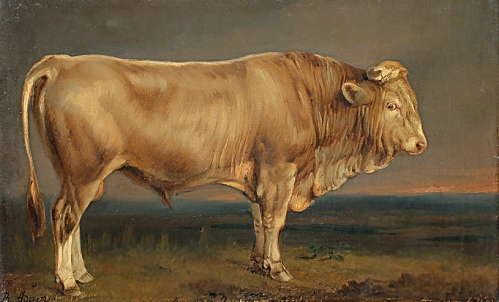The E-Book market is growing — fast. Nikkei Electronics Asia’s August 2009 Cover Story paints a rosy growth picture. The article focuses on electronics and dedicated readers. They report that a recent survey predicts that shipments of dedicated e-readers in the U.S. will hit 28.6 million units by 2013. Only one million shipped in 2008. That’s a huge increase. Yes, but…
The real explosion will come when content is compatible, runs on many different platforms (not just dedicated readers) and delivery is easy. One argument you hear often is that people prefer the feel of “real” books and don’t like reading from a small screen. Ya think?? A connected generation growing up with blackberries, smart-phones, laptops and the Internet would beg to differ.
People want simple, convenient and stuff that just works. You don’t need a large screen for recreational reading. People carry their Blackberries or smart phones everywhere they go. Get to a meeting early and have a few minutes to kill? Whip out your iPhone and pick up where you left off in the latest novel you’re reading. Stuck in the airport? Pull out your Blackberry, connect to B&N and you can be reading a novel in minutes.
The ecosystem of content delivery (and compatibility) is evolving quickly. Sony announced their support for the ePub format. All of the Barnes and Noble E-Books will be in ePub format. ePub is a new standard for “reflowable digital books” developed by the International Digital Publishing Forum. Reflowable means that the text adapts to the screen of the device. It’s a fancy way to say the text will wrap at the edges of the screen.
Back in the stone age of handhelds, I read many books on my palm pilot’s tiny 160 x 160 screen and enjoyed every minute. I even snuck in some reading when I was supposed to be working. The screens on today’s handhelds are far superior and highly readable.
More and more big names are jumping on the e-book train. Google, Samsung, major publishers and rumors of Apple joining the fray abound. What’s needed is a critical mass and I think that will come the adoption of the ePub standard. Proprietary formats (like the Kindle) are doomed.
When people can use the devices they already have and when most E-Books use ePub, a completely free and open standard, the stage will be set for a seamless ecosystem of content delivery for E-Books. The market will decide, not the proprietary dinosaur formats. Self-publishing will target The Long Tail and give people what they want. ePub and the ecosystem it will spawn will be the final nail in the coffin of traditional publishing.





 he Times Roman font is small for a reason. It was created to fit into the narrow columns of British newspapers, yet people insist on using it as a standard for wide copy where the font is out of place. Why? Helium, the online aggregator, uses a style guide from the print world for online titles: “Helium uses AP style in headlines – first word capped.”
he Times Roman font is small for a reason. It was created to fit into the narrow columns of British newspapers, yet people insist on using it as a standard for wide copy where the font is out of place. Why? Helium, the online aggregator, uses a style guide from the print world for online titles: “Helium uses AP style in headlines – first word capped.”




 In plain English, using A/C’s highest performance pay rate, each page view earns you two tenths of a penny. How many writers would contribute their work to a content aggregator if they understood up front that they would be paid so little each time a visitor views one of their articles? Sure you can earn $20 but you must “sell” your material to 10,000 people first.
In plain English, using A/C’s highest performance pay rate, each page view earns you two tenths of a penny. How many writers would contribute their work to a content aggregator if they understood up front that they would be paid so little each time a visitor views one of their articles? Sure you can earn $20 but you must “sell” your material to 10,000 people first.